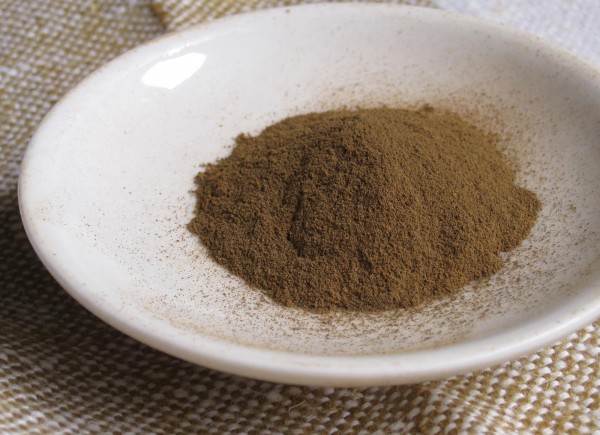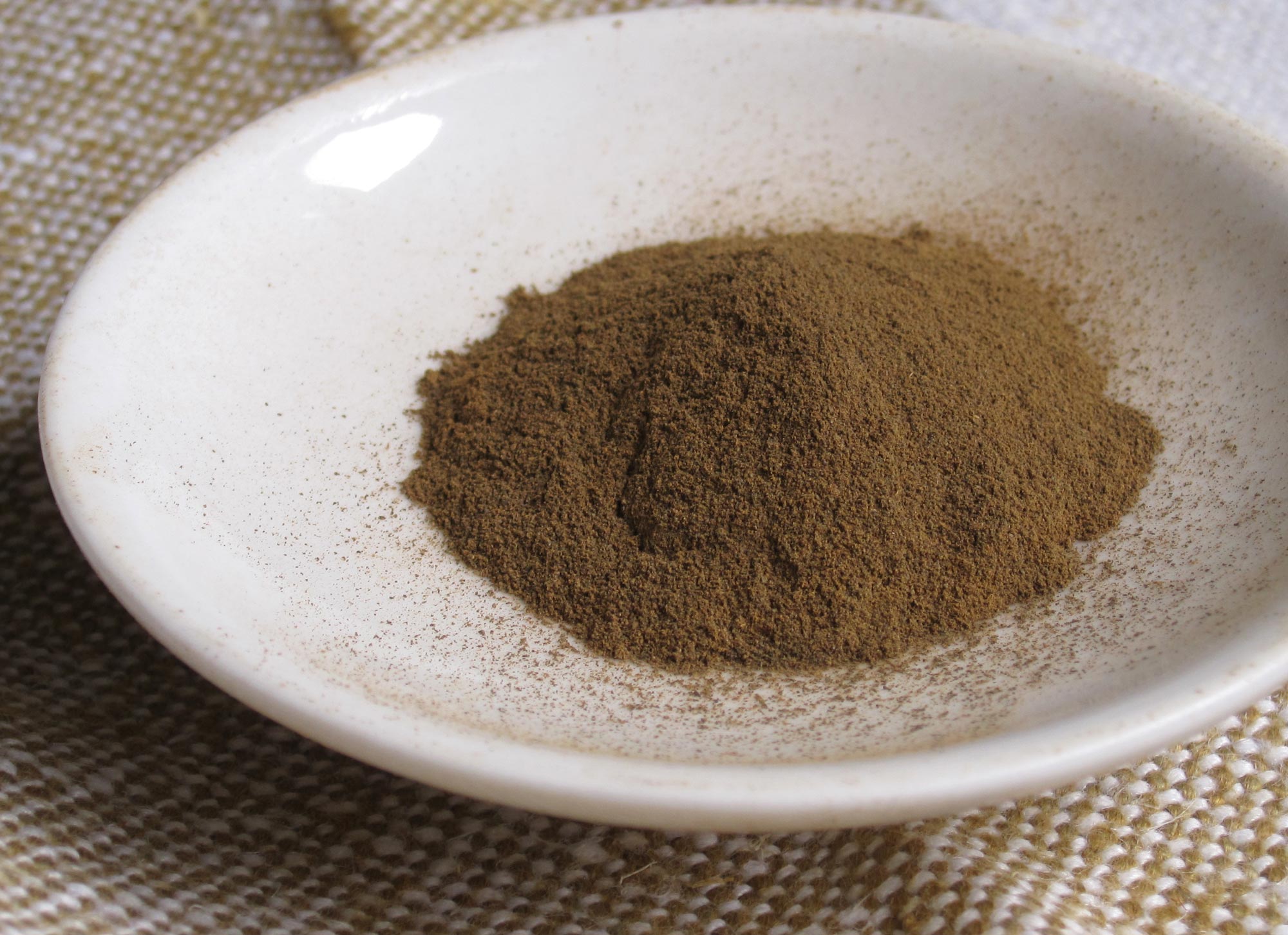I first heard of this little wonder when I attended Cynthia Gold’s workshop “Making a Final Statement – Tea and Dessert Pairing” at World Tea Expo. While discussing methods for infusing foods with tea, she showed us a small Matcha Grinder. Her suggestion was that it could be used to grind other teas besides Tencha (the dark green leaf used to make Matcha) and the powder mixed into batters, sauces, etc. The thought of grinding other teas fascinated me and when I returned home I set out to find a small domestic Matcha grinder. I found the Porlex Tea Matcha Grinder at Eight Ounce Coffee.
Within a week my grinder had arrived. I opened and examined it and then put it away. Something that supplied this much fascination deserved my undivided attention and I hadn’t much of that at the time. This morning though, I finally took it out of the box and decided to give it a whirl.

My leaf of choice for grinding would have been Tencha, a Japanese green leaf used for making Matcha but it is so hard to find that I decided to use Ceylon FBOP (Flowery Broken Orange Pekoe) tea from Harrington Estates, Sri Lanka. It has a small leaf that I was confident would grind nicely. I wanted to experiment with a tea that would look nothing like Matcha after it had been ground. I first put the leaf into a mortar and pestle to break it down into finer pieces.

The grinder is quite easy to use. It’s made of green plastic and clear acrylic and has a central steel rod. There are two ceramic plates that grind in opposite directions to pulverize the leaf. The broken leaf is put into the top of the grinder and then the lid and handle are attached. It takes awhile to grind. It’s something you can do while doing another activity that doesn’t involve your hands, such as talking with a friend or watching TV or checking your email. After a few moments you see a very fine powder start to appear in the bottom compartment. It looks like brown dust.



I will experiment with other teas. Not sure what to try next. Any suggestions? It will be fun to add this Ceylon powder to soups, biscuits or chocolate truffles. Anything goes. With culinary tea it’s all about the experiment. Please share your tea cuisine adventures!



